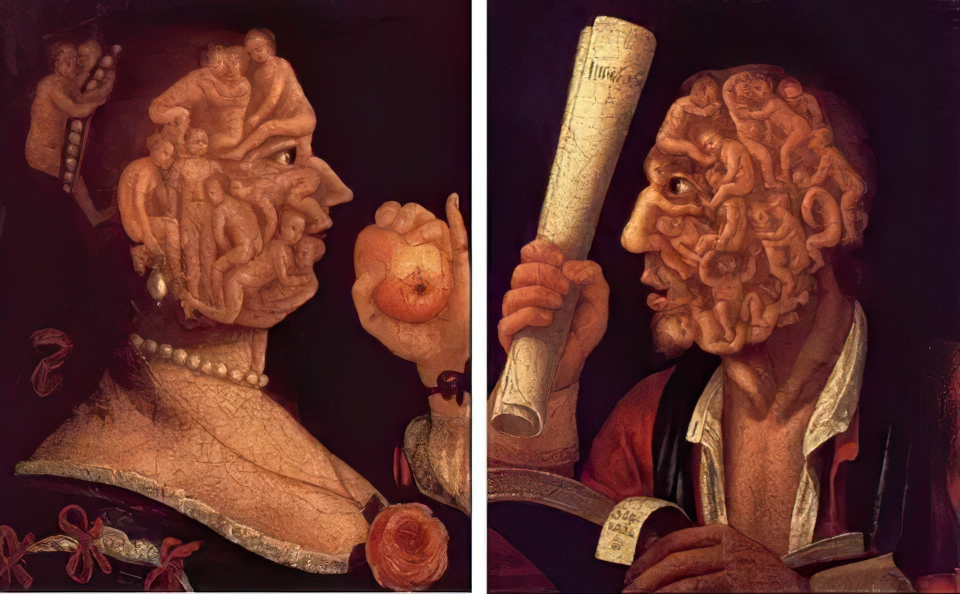Did you know that February, the shortest month of the year, is filled with fascinating facts and intriguing traditions? From unique historical events to special celebrations, this time of year offers more than meets the eye. If you’re curious to learn about some exciting and interesting tidbits about the month of February, you’re in for a treat! So, grab a cup of hot cocoa, sit back, and let’s dive into a world of delightful February trivia. Whether you’re a history buff, a lover of holidays, or simply enjoy discovering new facts, these did you know tidbits will leave you astounded and enlightened. Let’s uncover the hidden gems and uncover fascinating insights about the often overlooked month of February!
Table of Contents
- February: The Untold History behind the Shortest Month of the Year
- Leap Year Extravaganza: Unraveling the Mystery of the Extra Day
- February, the Month of Love: Exploring its Romantic Origins
- February Fun: Fascinating Festivals and Celebrations Around the World
- Q&A
- To Conclude

February: The Untold History behind the Shortest Month of the Year
Have you ever wondered why February is the only month that can’t seem to keep up with the rest? As it turns out, the history behind this enigmatic month is fascinating and filled with intriguing stories. Let’s dive into the untold history of February and uncover the secrets behind its unique character.
1. Ancient Roman Origins: February gets its name from the Latin word “februare,” which means purification. This month was dedicated to the Roman god Februus, who symbolized purification and the end of winter. It was a time for the Romans to purify their spirits and celebrate their ancestors.
2. Leap Year Quirkiness: One of the quirkiest facts about February is the existence of leap years. In order to synchronize the calendar year with the solar year, an extra day is added to February every four years. This tradition originated in ancient Rome, but it wasn’t until the reign of Julius Caesar that the leap year rule was formally established.

Leap Year Extravaganza: Unraveling the Mystery of the Extra Day
Have you ever wondered why every four years we have an extra day in the calendar? It’s all because of the fascinating phenomenon known as leap year. Leap years, also known as intercalary or bissextile years, occur to keep our calendar in alignment with the Earth’s revolutions around the sun. Let’s unravel the mystery of the extra day and explore some interesting facts about leap years!
1. Origins of Leap Year: The concept of leap year dates back to ancient times when civilizations realized that the solar year is not precisely 365 days long. To keep seasons synchronized with the calendar year, the Egyptians first introduced the concept of adding an extra day to their 12-month calendar. This practice was further improved by Julius Caesar, who introduced the Julian calendar in 45 BCE. Over the years, various calendar systems have been developed to account for the extra quarter day, resulting in the modern Gregorian calendar we use today.
2. Leap Year Traditions: Leap year has given rise to fascinating traditions and superstitions around the world. For instance, in some European countries, it is considered unlucky for a woman to propose marriage on any day of the year except for leap day. To counter this, a tradition called “Ladies’ Privilege” or “Bachelor’s Day” emerged, allowing women to propose on February 29th. Another interesting tradition is the concept of “leap year babies,” who are born on February 29th. These individuals often celebrate their birthdays on either February 28th or March 1st in non-leap years.

February, the Month of Love: Exploring its Romantic Origins
February is undoubtedly the month that makes hearts flutter and amplifies our yearning for love and affection. But have you ever wondered why February became synonymous with romance and passion? Let’s take a captivating journey into the romantic origins of this enchanting month to discover the fascinating tales that gave birth to the celebration of love we know today.
The ancient Romans played a significant role in shaping the romantic traditions that are intertwined with February. One of the most prominent festivals during this time was Lupercalia, celebrated from the 13th to the 15th of February. This raucous Roman festival was held in honor of Lupercus, the god of fertility, and commemorated the founding of Rome. During Lupercalia, young men would draw the names of young women from an urn, and the paired couples would officially be together for the duration of the festival – sometimes even leading to marriage. The traditions of Lupercalia gradually merged with Christian beliefs, resulting in the establishment of St. Valentine’s Day on February 14th, when love and affection take the center stage around the world.
- During the Victorian era, expressing emotions became a refined art. Lovers would often exchange elaborately designed cards, decorated with lace, ribbons, and sentimental verses.
- The red rose, commonly associated with love today, owes its symbolism to the Roman goddess Venus, who was often depicted with a red rose in her hand.
- In many countries, February is the month when birds begin to pair up and mate. This natural phenomenon further solidifies the month’s connection to love and romance.
As we revel in the month of February with hearts aflame and cherished loved ones by our side, let us not forget the captivating origins that gave birth to this extraordinary celebration of love. Whether you choose to embrace the traditions of ancient Rome, exchange heartfelt cards, or simply enjoy the beauty of nature, may this month be a reminder of the power of love in our lives.

February Fun: Fascinating Festivals and Celebrations Around the World
Ready to explore the world and immerse yourself in the vibrant celebrations of different cultures? February is an exciting time to join in on the festivities happening around the globe. Grab your passport and join us on a whirlwind adventure as we delve into some of the most fascinating festivals and celebrations taking place this month!
One event not to be missed is the Harbin International Ice and Snow Sculpture Festival in Harbin, China. This annual celebration showcases breathtaking ice and snow sculptures, transforming the city into a magical winter wonderland. Visitors can marvel at the intricately carved sculptures, take part in ice sports, and watch mesmerizing ice lantern shows. Admire the massive ice castles illuminated with colorful lights, and don’t forget to sample Harbin’s famous ice cream made from pure ice and fruit flavors!
- Next on our journey, we head south to the colorful streets of Salvador, Brazil, during the Carnival season. Join millions of revelers as you dance to infectious samba rhythms, adorned in vibrant costumes. Marvel at intricately designed floats and be in awe of breathtaking performances by samba schools parading through the city’s streets. Experience the rich cultural traditions of Brazil, sample street food, and immerse yourself in the infectious energy of Carnival, a celebration like no other!
With these captivating events and many more taking place worldwide, February is the perfect time to embark on a global adventure and witness the incredible diversity of human celebrations. Whether it’s the frosty beauty of ice sculptures or the exuberance of carnival dancers, there’s something for everyone this month. So grab your camera, pack your bags, and get ready for a February filled with fantastic festivals!
Key Takeaways
And that’s a wrap on our exploration of some fascinating “Did You Know” facts about the month of February! From historical milestones to quirky traditions, it’s clear that this shortest month of the year is certainly not short on surprises.
We hope you’ve enjoyed expanding your knowledge and discovering new insights about this remarkable month. Remember, as we embrace February, we’re also celebrating important figures like Rosa Parks and events like the Super Bowl, making it a month filled with diverse cultural significance.
So the next time you’re bundled up and sipping hot cocoa, take a moment to appreciate February’s unique and often overlooked contributions to our lives. Whether you’re curious about leap years or interested in the origin of Valentine’s Day, this month holds a treasure trove of information waiting to be explored.
Stay curious, keep learning, and join us again as we delve into fascinating facts about the world around us. As always, thank you for joining us on this informative journey.















